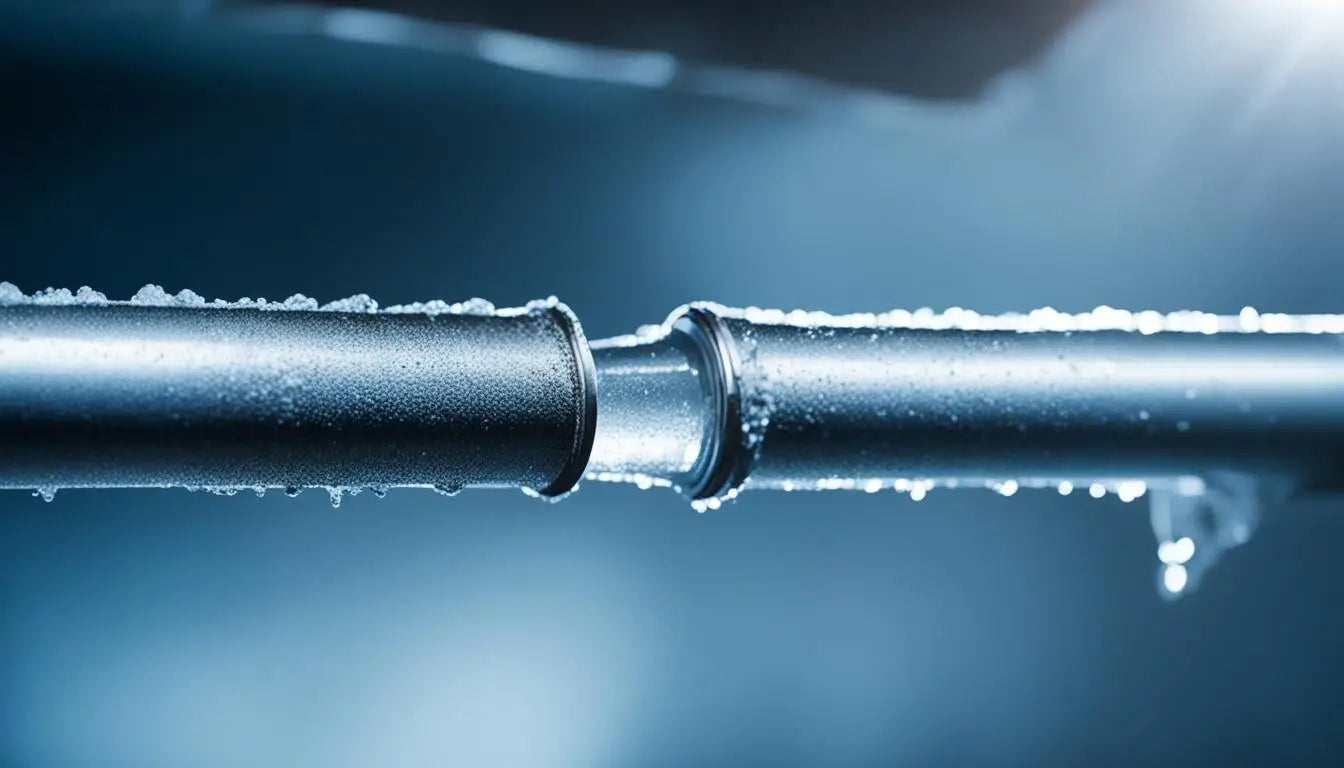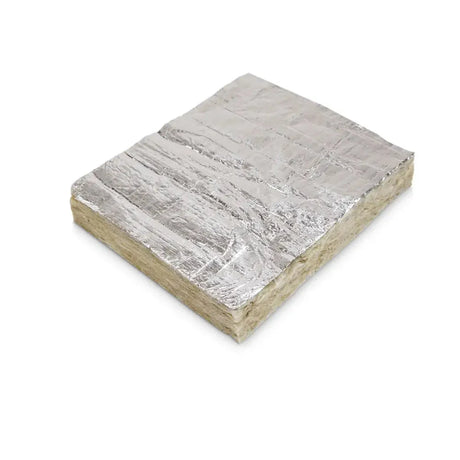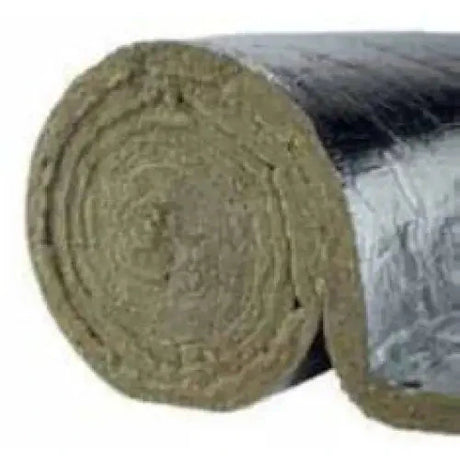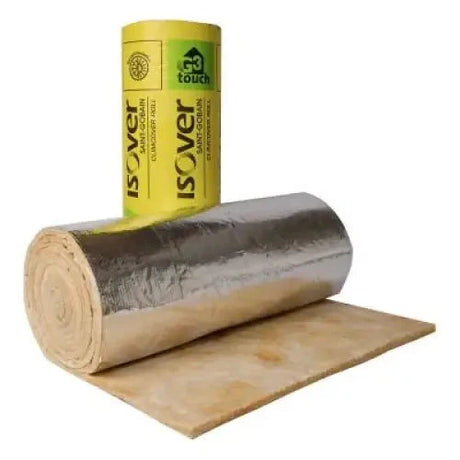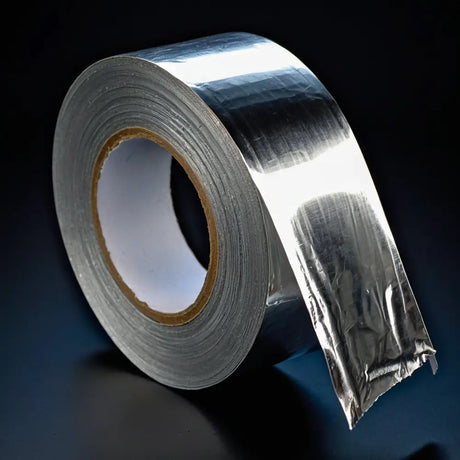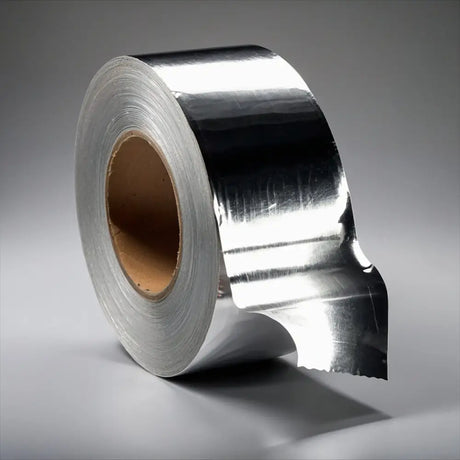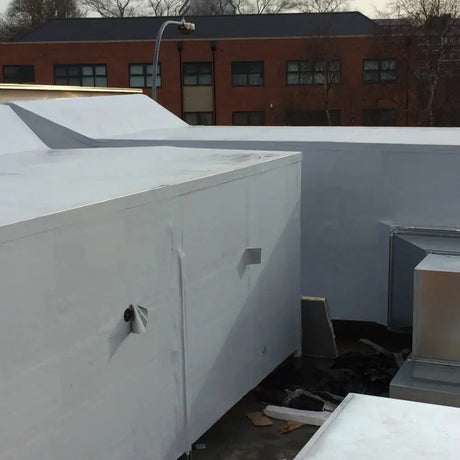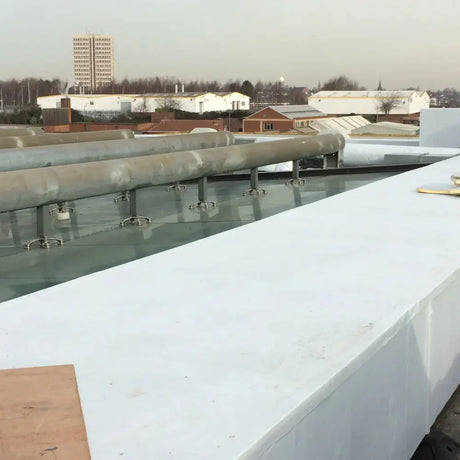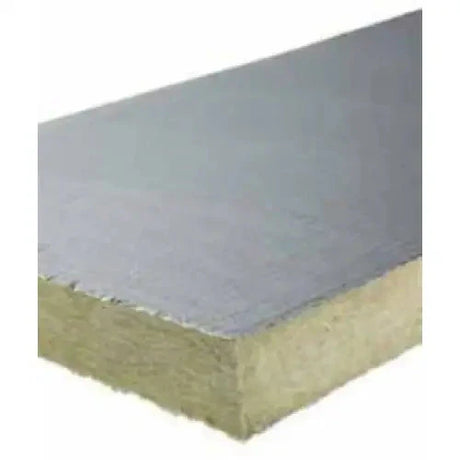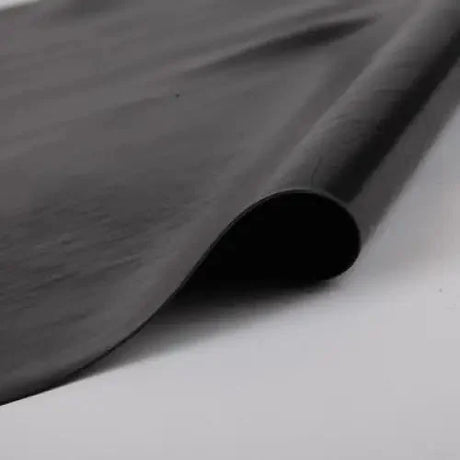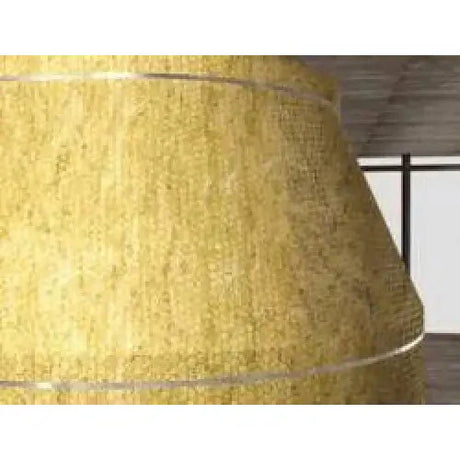Pipes freezing overnight can leave you with a plumbing emergency. This can result in a hefty repair bill. According to the Association of British Insurers (ABI), one burst pipe claim during freezing weather costs around £7,500 on average.
Winter plumbing woes account for one in four domestic property claims. This shows that frozen pipes are a serious risk for UK homeowners. Those with holiday homes left unoccupied during sub-zero temperatures face higher risks.
Even a small leak from a burst pipe can cause significant damage. Escape of water claims average over £9,000. In some cases, repair bills for water damage and drying out can exceed £100,000.
To protect your property from low temperature plumbing emergencies, understand how quickly pipes can freeze. Proper pipe insulation is essential for winter plumbing maintenance.
The Dangers of Uninsulated Pipes in Cold Weather
During harsh winter months, one significant threat to plumbing systems is frozen pipes. When temperatures stay below freezing, water in unprotected pipes can freeze.
As ice expands, it builds pressure, causing pipes to rupture. When thawed, burst pipes lead to severe water damage.
Holiday homeowners reducing heating usage when unoccupied increased burst pipe damage risk. Pipes in unheated areas like lofts, garages, cellars or against external walls are most vulnerable.
Statistics illustrate potential impact of burst pipes. Average escape of water claim costs over £9,000.
Insurers pay out £1.8 million daily for such claims. One in four domestic property claims involve escape of water.
Severe water damage repair bills can exceed £100,000.
Proper pipe insulation and consistent heating reduce frozen pipe risk. This prevents costly water damage from burst pipes.
Prevention is better than cure for winter plumbing emergencies. Investing in pipe insulation and maintaining consistent temperatures avoids burst pipes and extensive repairs.
Uninsulated pipes in cold weather pose serious dangers. Protecting plumbing systems saves thousands in repairs and provides peace of mind.
How Quickly Can Pipes Freeze?
When winter brings freezing temperatures, the risk of frozen pipes increases. Homeowners wonder how fast pipes freeze and what causes it. Understanding pipe freezing speed helps prevent costly burst pipe repairs.
Several factors affect how quickly pipes freeze in cold weather. The primary factors are temperature, pipe material and age, insulation, and water volume.
Factors That Affect Pipe Freezing Speed
- Temperature: Lower temperatures below freezing increase the risk of frozen pipes.
- Pipe material and age: Older, thinner pipes freeze faster than newer, thicker ones.
- Insulation: Pipes with little insulation freeze quicker than insulated pipes.
- Water volume: Pipes with less water freeze faster than high-volume pipes.
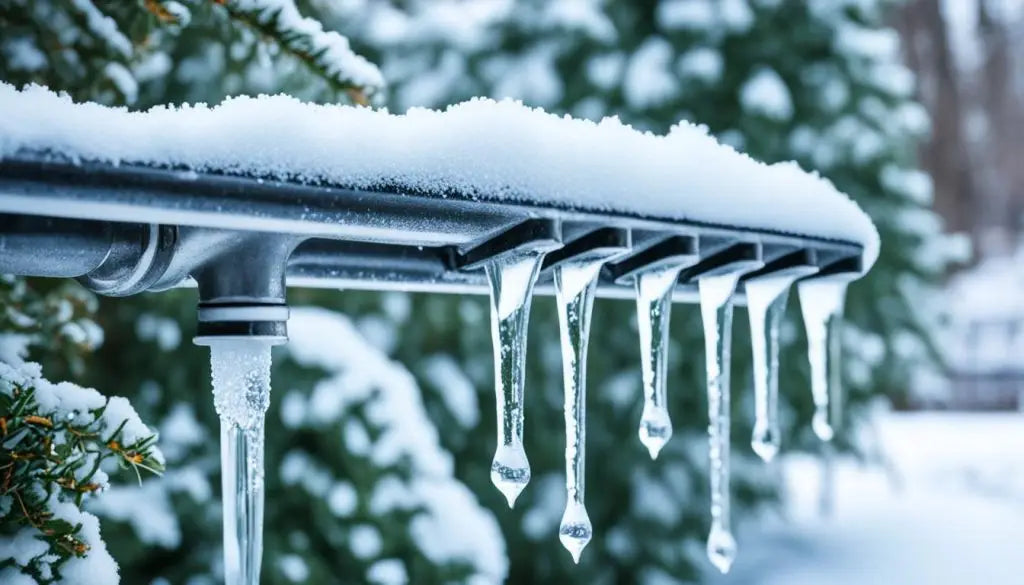
Generally, when temperatures drop below 0°C for an extended period, frozen pipe risk increases dramatically. In extreme cold, exposed pipes in unheated areas can freeze within hours.
Can Pipes Freeze in One Night?
Yes, pipes can freeze overnight if temperatures plummet drastically. Uninsulated pipes in unheated areas like attics or exterior walls are most vulnerable.
"During cold snaps, we see surges in frozen pipe cases, especially where heating is off or too low. In extreme conditions, pipes can freeze solid overnight, leading to burst pipes and water damage when thawed." - Sarah Thompson, UK Plumbing Association
This table shows potential pipe freezing speeds:
| Temperature (°C) | Pipe Material | Insulation | Estimated Freeze Time |
|---|---|---|---|
| -6°C | Copper | None | 6 hours |
| -12°C | PVC | Minimal | 4 hours |
| -18°C | Steel | None | 2 hours |
Colder temperatures allow uninsulated pipes to freeze faster. Homeowners must stay vigilant during cold snaps and prevent frozen pipes to avoid plumbing emergencies.
Identifying Frozen Pipes: Signs to Look Out For
Homeowners must watch for signs that pipes might be frozen. Early identification can prevent bursts and water damage.
Watch for these key indicators:
Unusual Noises from Pipes
Strange noises like bubbling, whistling, or banging could mean water flows through a frozen section. These occur when air passes a blockage.
Reduced Water Flow or No Water at All
Reduced flow from taps or showers likely means frozen pipes. Little to no water requires immediate attention to prevent bursts.
Frost or Moisture on Pipe Exteriors
Frost or moisture on pipes' outsides warns they may be frozen. Condensation forms when interior water freezes.
Other signs include damp patches/rings on walls/ceilings, indicating frozen/burst pipes.
According to a study by the Institute of Chartered Loss Adjusters, over 30% of frozen pipe incidents occur due to inadequate pipe lagging and insufficient loft insulation.
If suspecting frozen pipes:
- Turn off water supply and drain cold tank
- Locate the frozen section
- Clear the area for thawing
- Slowly thaw using gentle heat
- Never use open flame or blowtorch
- Have buckets/towels ready for leaks
- Open taps to release pressure
Promptly addressing frozen pipes minimizes burst risk and water damage.
Preventing Frozen Pipes: Essential Steps for Homeowners
As a homeowner, it's crucial to prevent frozen pipes. By taking proactive measures, you can reduce the risk. Here are some essential steps:
Insulating Pipes and Water Tanks
Insulate pipes with polyethylene foam, lagging, or elastomeric foam. These materials act as protective barriers. Insulate water tanks with special jackets. This helps maintain water temperature.
Maintaining Consistent Heating
Keep your home heated, even at low temperatures. During extreme cold, leave heating on permanently. Maintain at least 10°C. This keeps pipes warm, preventing freezing.
Allowing Warm Air Circulation in Unheated Areas
Unheated areas like lofts and garages are susceptible. Open loft hatch and cabinet doors slightly. This allows warm air to reach pipes.
Fix leaky taps promptly to prevent dripping water freezing. Know the location of your home's stopcock valve. This lets you quickly shut off water if needed.

